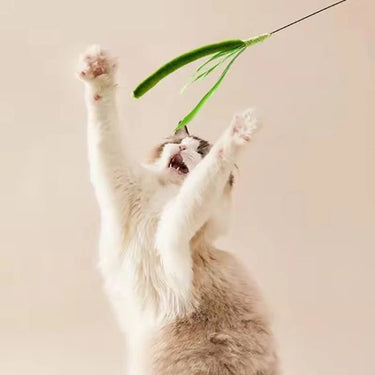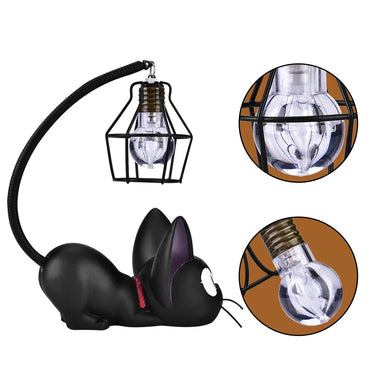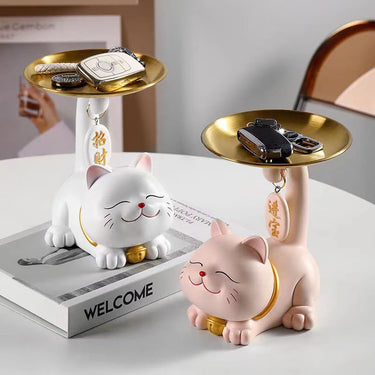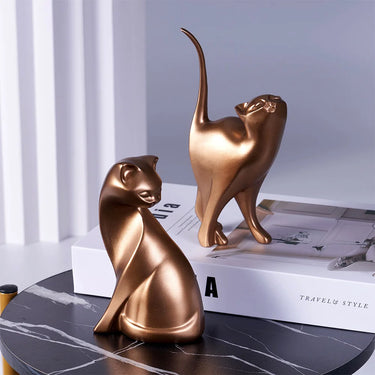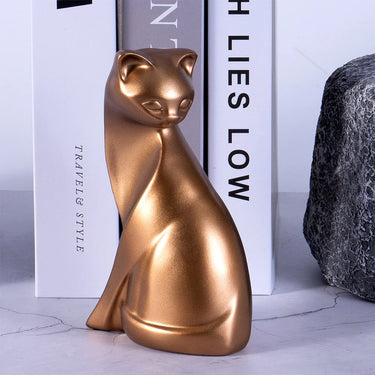Cat fur and cat hair are often used interchangeably, but is there a fundamental difference between them? Read more to find out!
Fur vs. Hair

All mammals have hair. Humans, pigs, elephants, cats, dogs, apes, and even whales have hair. Each strand has a different purpose, so it follows that it also has a different look and feel depending on the mammal.
Terms like "hairballs" describe the fur cats ingest and hack up; humans affectionately refer to their cats as furballs or furbabies. The truth is, there are no significant differences between hair and fur.
The term fur is usually used for mammals with very thick body hair. Humans have sporadic body hair, hence is not called fur. With cats, the body hair is generally referred to as fur. With some "hairless" cat breeds, such as the Sphynx, the almost invisible strands are typically called "hair."
To make the distinction easier, you can think of "hair" as an individual strand and the "fur" as the collective. For example, cat hair is what you find on your black sweatshirt. There might be many of them, but they're not massed together like in a cat's body. When grooming, you might say you "brush the fur" or "comb the hair."
To make naming things more complicated, the overall appearance of a cat's fur is called "coat." You will see this term used chiefly in breed requirements, but you will also see "hair" mentioned, as in long-haired cats or short-haired cats.
Whether you call it hair, fur, or coat, it will still be correct. Use the term that works best for you.
Types of Hairs Found in Cats

Cat hair comes from the epidermis (under the skin). The structure of the hair depends on its location in the body. If a muscle is next to the hair root, just under the skin, it is susceptible to temperature changes. When the weather is cold or a cat is scared, the muscles contract and causes the hair to stand. Cats may have one to three types of hair in their coats, hence the term double and triple coats. There are also hairs found in other parts of the body.
Whiskers
Whiskers are the long, thick, tactile hairs originating from the sides of the muzzle, above the eyes, and the hind legs. These hairs are very sensitive and play an essential part in a cat's ability to measure openings and help them navigate in total darkness. Whiskers are also good indicators of how a cat is feeling.
Undercoat
The undercoat is also referred to as the "down." These are softer and fluffier hairs that help keep a cat warm. These hairs often mat without regular brushing.
Awn and Guard
Depending on the cat breed, their awn and guard hairs can vary. But generally, awn hairs are longer than the down but shorter than guard hairs. In some species, the more delicate awn hairs might be called the guard hairs. In other breeds like the Manx, the guard hairs are longer than the awn hairs. The critical thing to remember is the undercoat is the shortest hair, the awn is intermediate, and the guard is the longest.
Vellus
These are sporadic, baby-fine hairs, like those found on the Sphynx cat. Humans also have vellus on some parts of the body.
Changes in Cat Hair

For owners of senior cats, you might notice hair color change throughout the years. Sometimes we expect their hair to be a specific color but develop differently. Here are some reasons for this phenomenon.
Temperature
In Siamese and Himalayan cat breeds, the coat's color can depend on the skin's temperature. The skin is cooler at the body's extremities—feet, tail, and ears/face—which is the reason for having white or cream-colored bodies and darker "points." But skin temperature isn't the only temperature that matters. The outside temperature can produce a similar result: some cat coats usually get darker in the winter.
Sunlight
Dark-coated cats can get their coat colors washed under the sun, like when people bleach their hair. If your cat loves the outdoors and spends a lot of time in your backyard, or if they like to hang out in bright areas, the color of their fur might lighten.
Nourishment
Tyrosine is needed in melanin production, the dark pigment in a cat's fur. If your cat's diet lacks the amino acid tyrosine, it can turn your black cat into a reddish brown. The ebony fur might discolor if there is a lack of tyrosine in a cat's diet. Other imbalances, such as copper deficiency and zinc excess, can cause dark hair to lighten.
Before giving any supplements, consult your vet as changes in hair color can also indicate kidney, liver, or thyroid problems.
Age
As felines age, they start getting gray hair, much like humans. But unless you have a black cat, you may not notice the silver hairs sneaking in. The coat of seal-point Siamese and pointed Oriental breeds are also known to darken with age.
Whenever you have doubts about changes happening to your cat, your veterinarian is the best person to contact.











